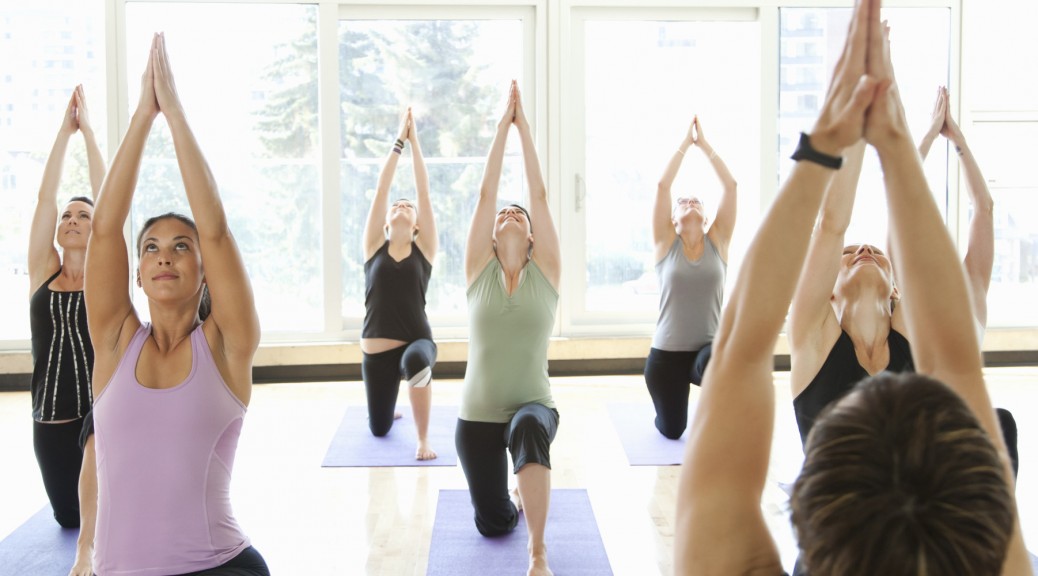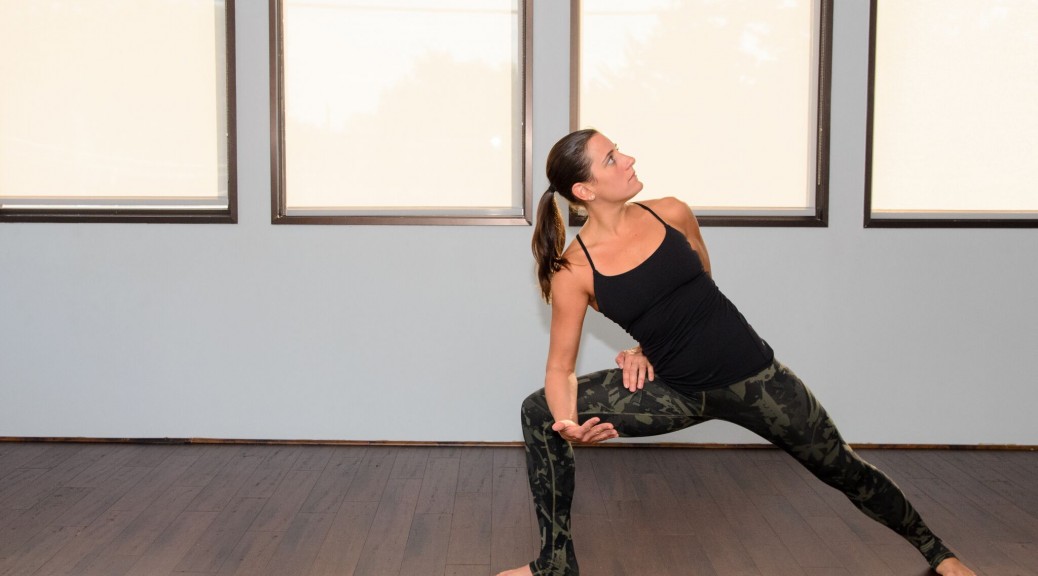For me, yoga and running have always gone hand in hand. Yoga has many benefits on both a runner’s body (improved flexibility, range of motion, muscular strength, prevent injuries) and mind (more focus, less stress). Yoga is a great way to help runners improve performance and prevent injury. Yoga also helps to relieve soreness and tension in your muscles and restores range of motion so you can run better the next time you’re out on the road.
Many people often ask how I can run so much, while minimizing injuries. For me, the number one reason why, has been yoga. Yoga has helped me in countless ways over the years, both physically and mentally. No one wants to get hurt; injuries are not only painful, but can sideline you for months. I couldn’t even imagine what I would do with myself if I couldn’t run. Therefore, it’s important we remember to be smart and train smart. Smart training can help make sure that injuries don’t stand in the way of your training. Therefore, spending some time on your yoga mat might be your best bet and just what the doctor ordered, it certainly has been for me. Practicing yoga asanas (poses) can help keep muscles limber, and yoga’s emphasis on mindfulness can bring about increased focus and awareness. So why not practice? Today is a great time to start- no time like the present as I like to say!
So why strike a pose? Studies have shown that yoga decreases stress, helps with weight loss, eases pain, helps people stick to an exercise routine, and even improves running times.
Here are some other reason runners should try yoga….
Yoga is a great partner. Training for the NJ marathon? Yoga can help you stay injury free by cultivating a balance between strength and flexibility in the body.
Yoga helps you become more present and aware of what your body needs. One key way yoga can help prevent running injuries is by cultivating mindfulness. The more aware you are of how your body feels from day to day or from pose to pose, the more likely you are to notice tight or injury prone areas that need attention.
Competitive and endurance sports like running encourage us to override the internal voice that wants us to stop, especially when we hit the wall in a marathon. However, sometimes when we ignore this voice, we can get injured. However, when we start to listen, as we do in a yoga class we can align and support ourselves in a more kind and mindful way.
Build mind-body awareness. Runners can use yoga practice to balance strength, increase range of motion, and train the body and mind. Asanas move your body through poses while teaching you how to coordinate your breath with each movement. Eventually your body, mind, and breath will be integrated in all actions.
Yoga helps you stretch smarter. Yoga’s combination of active and passive stretching is one way to help keep injuries at bay.
- Active stretching—moving and stretching the body dynamically creates warmth and mobility to the tissues.
- Passive stretching—holding a posture for a minute or more in a way that’s relaxed, allows muscles to lengthen even more.
Yoga allows you to stretch your feet. Flex, point, or fl-ointing your feet, allow them to feel good! Hitting the pavement again and again can take its toll on your feet, so it’s essential for runners to make time to care for them. A typical yoga practice stretches, strengthens and brings increased awareness to the feet.
Yoga helps build strength in the body and allows you to conquer chronic injuries. Yoga helps you find a state of equilibrium in your body that helps prevent chronic injuries and illnesses. In yoga, you’ll work your core, quads, hamstrings, hip flexors, & IT band (amongst other things, but these areas are extra important to runners). Working, stretching, and strengthening these areas will help you to run more efficiently and stay injury free.
Your hips will be happy. If your hips are tight, your mobility becomes limited, which can cause IT band pain, knee pain, as well as extra and unwanted stress to the back of your legs and feet. Yoga will open your hips, keep your muscle in peak condition, and allow you to run pain free.
Yoga can help bring your body into balance. The pain most runners feel is not from running alone, but from imbalances that running causes and aggravates. Yoga can help you balance them out, so you can keep running long and hard for many years to come.
Yoga can be the ultimate cross-training for runners. Poses that mimic the running stride, for example, lunges, can help you stay flexible through the range of motion you use to run.
Yoga helps you to be humble. It can take years to learn and truly master yoga poses, so don’t go to your first several classes and expect to learn everything immediately. And certainly don’t go and worry about what the person next to you is doing. So what if you can’t do what they can, just focus on you. Yes, you may be a great runner, have had tons of PRs, have won races, whatever… but on your mat, none of that matters. Yoga is not about winning or being better than someone else, it’s about being the best YOU in that moment. Accept and appreciate your body and mind for where it’s at and don’t’ be so hard on yourself. Allow the movement and stretching to feel good.
When you’re ready and the time is right for you to start, be sure to shop around and find a class that is right for you. There’s no single style of yoga that’s best for every runner, but it’s important to find one you enjoy. Find a studio (i.e. Empower Yoga) or class that makes you feel good, has a good vibe, good instructor, etc.. and just keep going and doing it. Practicing yoga consistently is more important than what type of yoga you practice.
Namaste






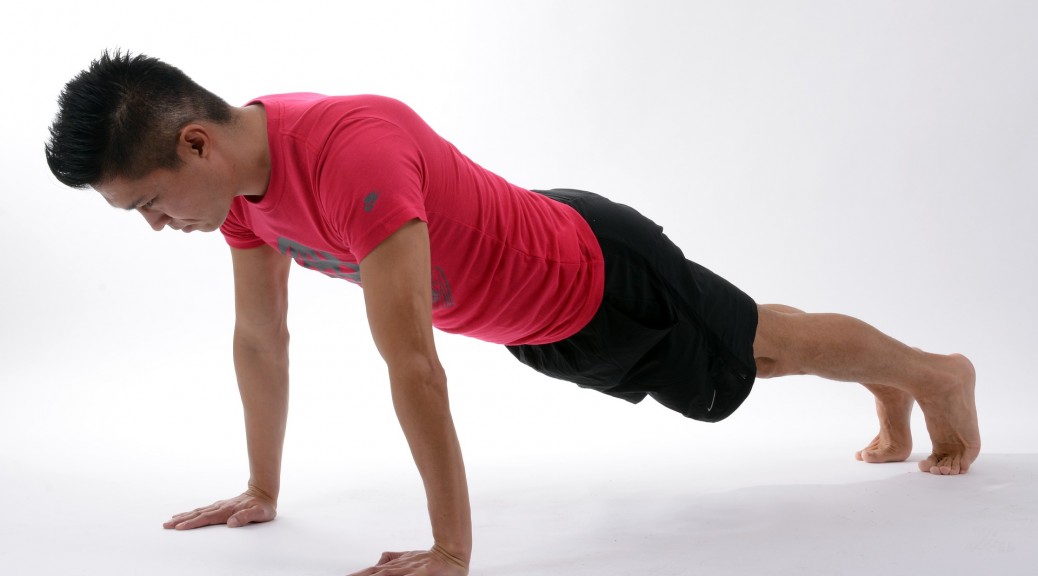
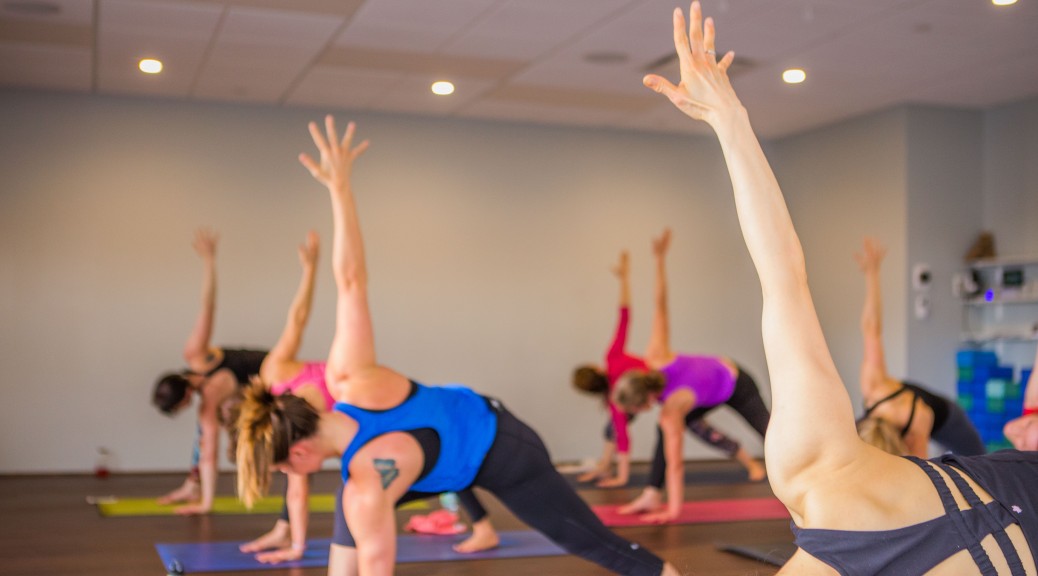
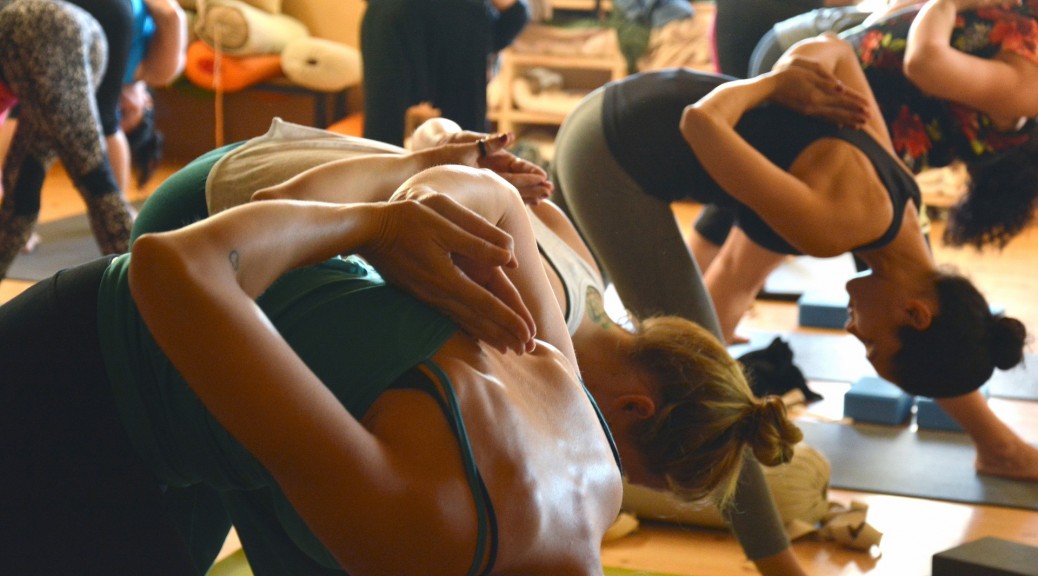

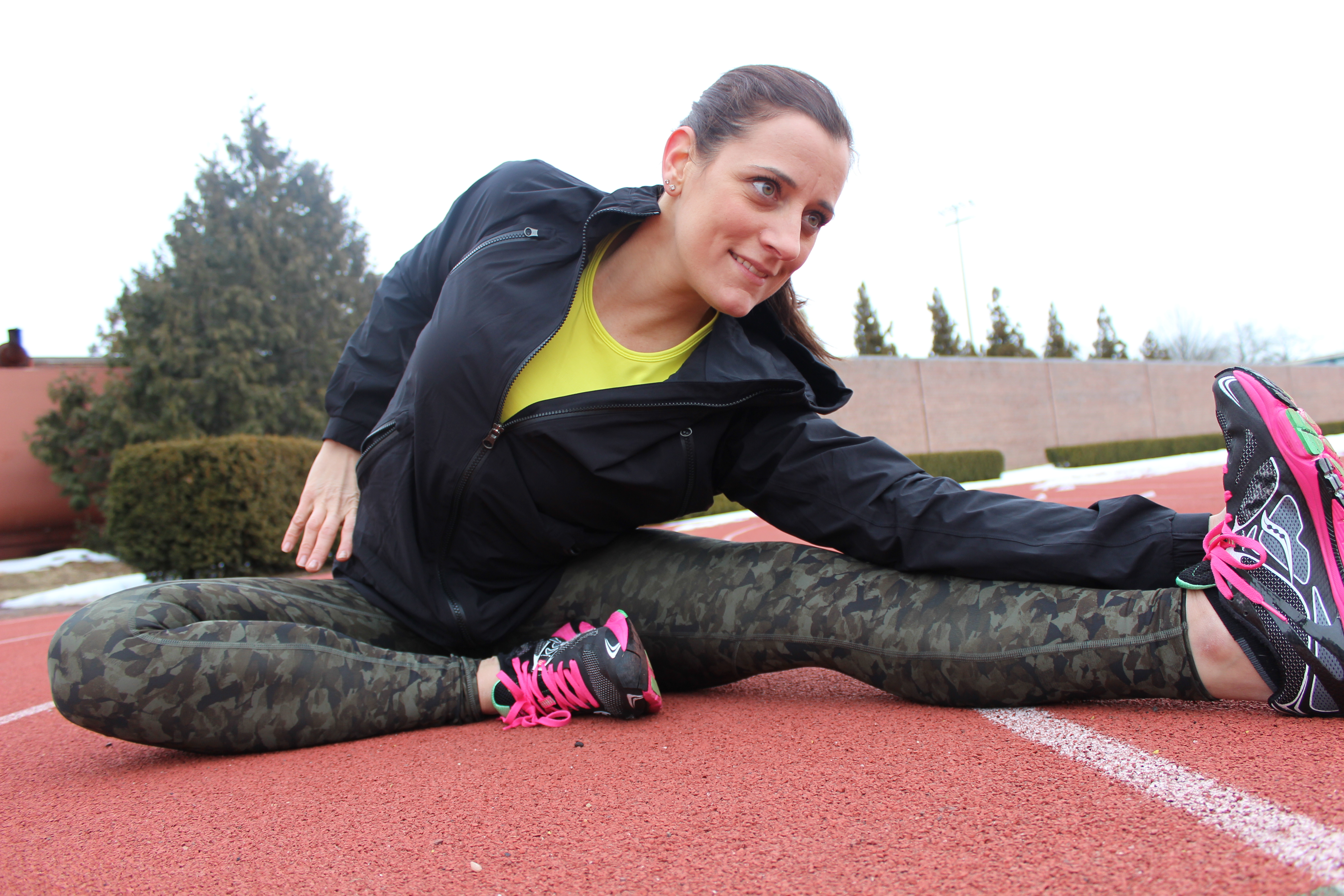
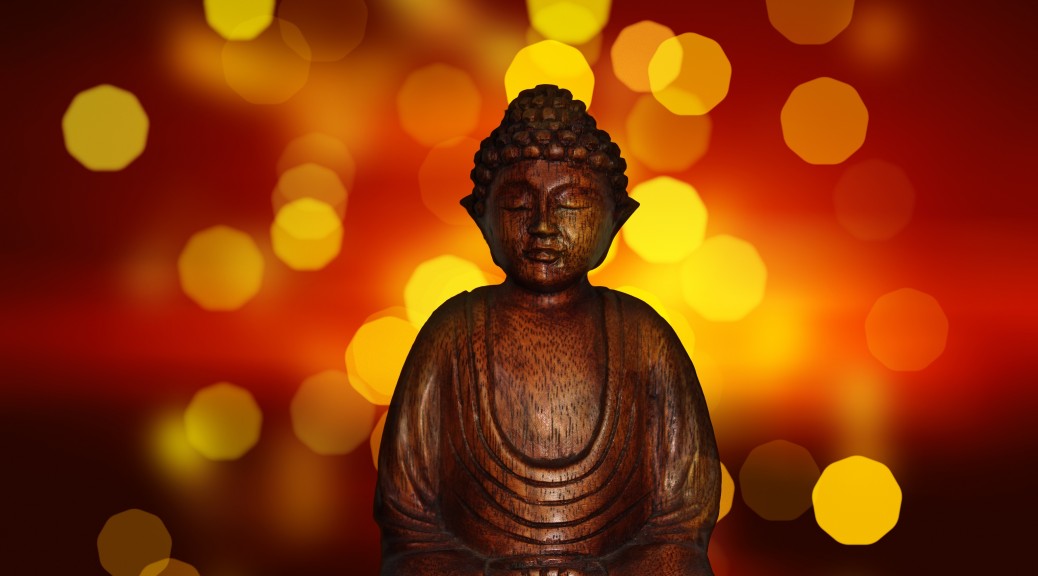
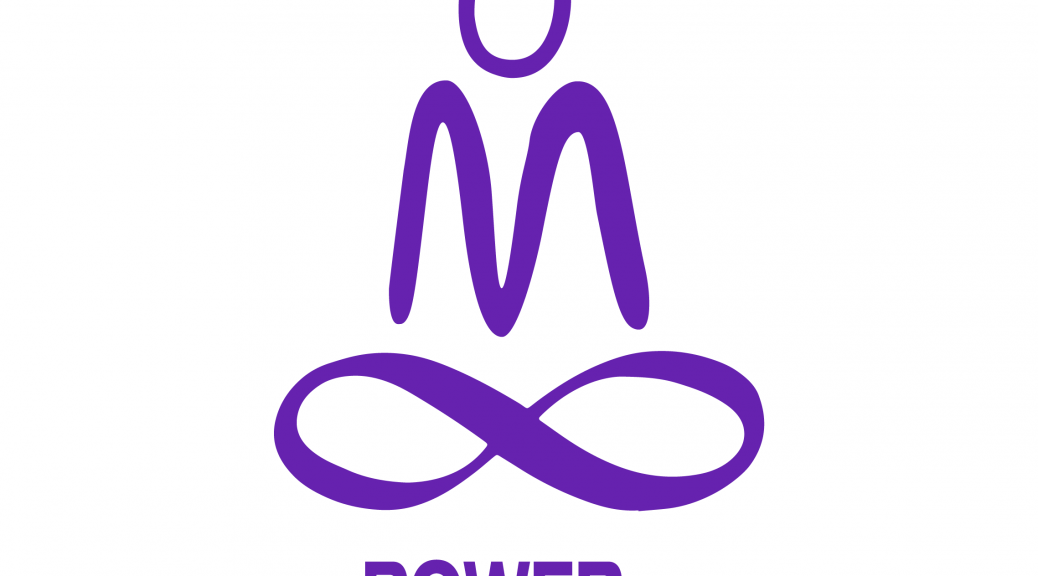
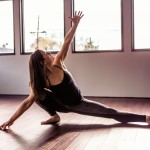
 chose the name emPOWER Yoga because I want people to leave the studio feeling empowered and strong, ready to take on the day with enthusiasm and strength, knowing that they can tackle any obstacle that may get in their way. We are capable of so much more than what we give ourselves credit for. I hope that when my students step on their mat, they begin to see and understand that. I hope they can cultivate strength and awareness on their mat’s that will transcend off their mats and into their daily lives.
chose the name emPOWER Yoga because I want people to leave the studio feeling empowered and strong, ready to take on the day with enthusiasm and strength, knowing that they can tackle any obstacle that may get in their way. We are capable of so much more than what we give ourselves credit for. I hope that when my students step on their mat, they begin to see and understand that. I hope they can cultivate strength and awareness on their mat’s that will transcend off their mats and into their daily lives. 
